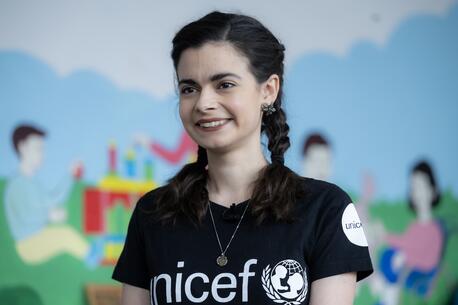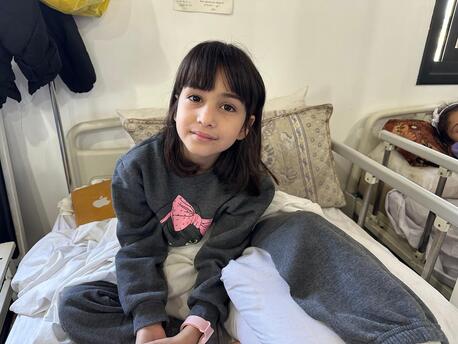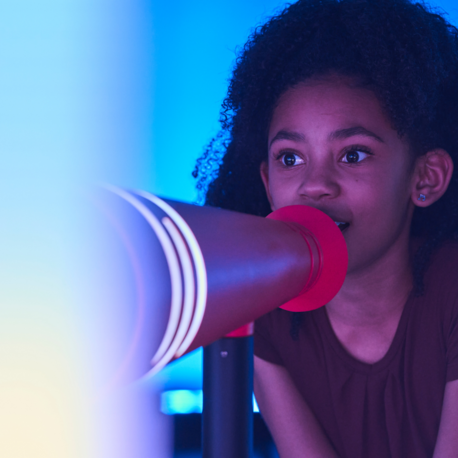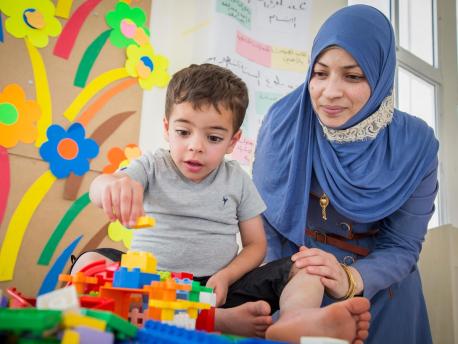
Four Things You Should Know About the Sustainable Development Goals
An Interview with UNICEF’s Shannon O’Shea Who Links Progress on the Sustainable Develoment Goals 2030 and Social Impact Investing.
1. What are the SDGs?
Simply put, the Sustainable Development Goals 2030 (the "SDGs") are “the ultimate to-do list” for all of us. They will require governments and UN agencies, civil society, the private sector, academia, children, teens and the public at large to be involved. (Learn more about the SDGs and the UNICEF USA Bridge Fund here.)
2. What are the socio-economic benefits of the SDGs?
Children are the future workforce, consumers, advocates, and guardians of our world. Investing in children isn’t only a moral imperative, it’s also an investment in economic growth, as a growing body of research suggests. For example, the Copenhagen Consensus Think Tank reports that increased access to early education in Africa provides a $33 return for every dollar spent. The Independent Expert Group on Global Nutrition relates that ensuring adequate early childhood nutrition leads to 20 percent higher hourly earnings and 48 percent higher wages. In addition, wellnourished children of both genders become adults who are 33 percent more likely to escape poverty, and women are ten percent more likely to own their own businesses. Reducing child deaths by five percent among under-educated mothers can boost per capita GDP nearly eight percent ten years later, according to Erasmus University’s International Institute of Social Studies.
How You Can Learn More and Take Action
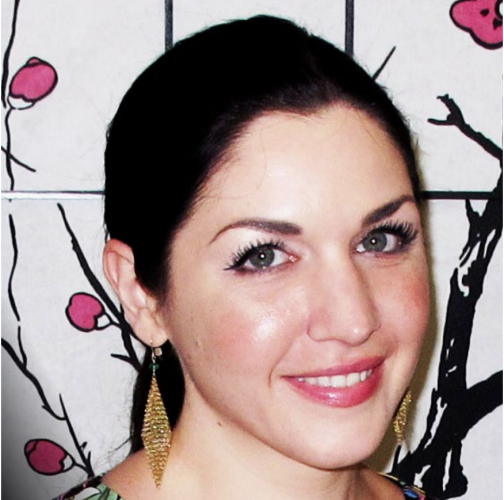
Shannon O’Shea, Agenda 2030 Partnerships Manager and Team Leader, UNICEF
3. How is UNICEF uniquely positioned to promote SDG 2030 progress for children?
Because UNICEF works in 190 countries and territories, we are uniquely positioned to promote and monitor SDG progress for children. The custodian or co-custodian for 17 SDG indicators related to children, UNICEF is an SDG monitoring leader. We work with UN country teams on planning and SDG data collection, identifying data gaps and developing baseline assessments. In Kenya, for example, UNICEF co-chairs the UN SDG group, which helps guide the Kenyan government’s SDG implementation. In addition, UNICEF — together with other UN agencies — helps train Kenyan ministries on how SDGs affect children, inform national policy decisions and shape government budgets. Through innovations like UNICEF’s U-Report, we are also leveraging tools like mobile phones to collect sentiment/ qualitative data from young people on whether the SDGs are translating into real improvements in their lives and communities.
4. How can UNICEF USA Bridge Fund supporters play a role in SDG progress?
As an innovative financing tool, the UNICEF USA Bridge Fund offers tremendous opportunities for the private sector to partner with UNICEF and foster SDG progress. From accelerating funding for social inclusion and pre-financing vaccine procurement to strengthening educational systems, the Bridge Fund offers a powerful public-private partnership with demonstrated social impact for children.
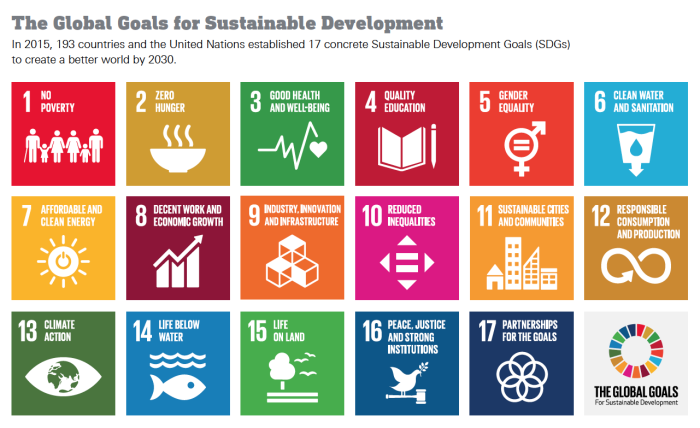
How You Can Learn More and Take Action
Are you, or the organization you work for, social impact investors?
Or, are you a donor who cares about making systemic, sustainable progress for children around the world?
Top Photo: Taym, age 4, plays in a UNICEF-supported Makani (“My Space”) Center (for early childhood development and social protection) in Jordan. Close to 150,000 children are registered in 235 such centers in Jordan. 52% of all children in the program are Syrian refugees. ©UNICEF/UN0218797/Shennawi
